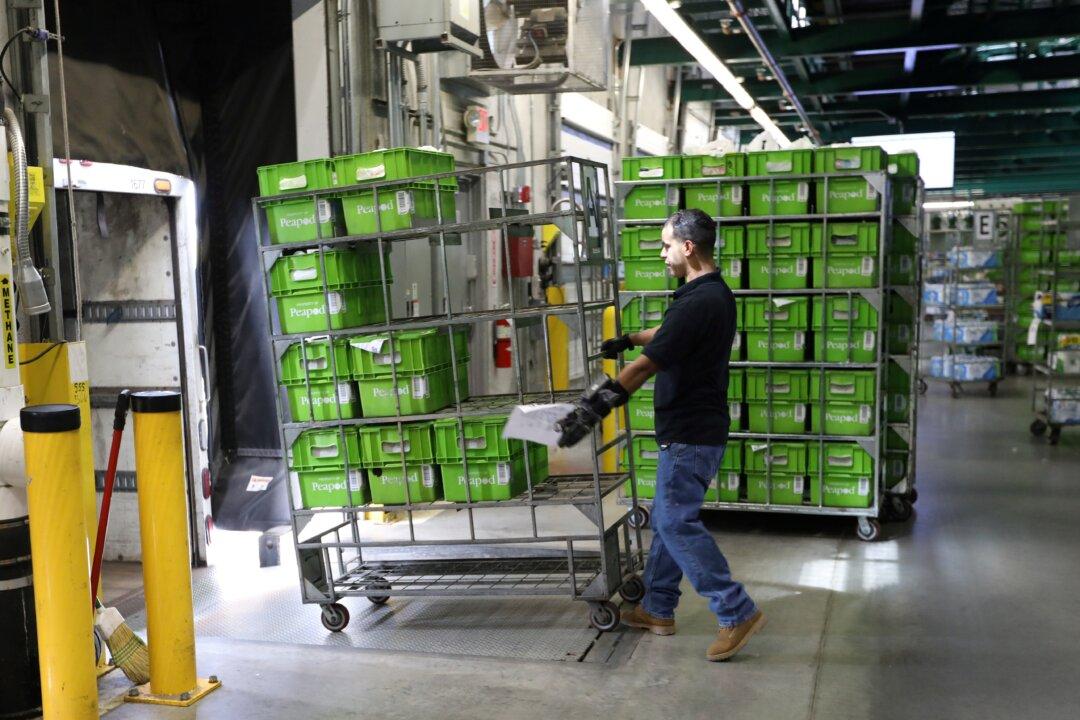WASHINGTON—U.S. wholesale inventories increased strongly in November, lifting the inventories-to-sales ratio to the highest level in nearly 2–1/2 years, as higher borrowing costs depressed sales.
The Commerce Department said on Tuesday that wholesale inventories rose 1.0 percent as previously reported last month. Stocks at wholesalers increased 0.6 percent in October. Economists polled by Reuters had expected that inventories would be unrevised.





